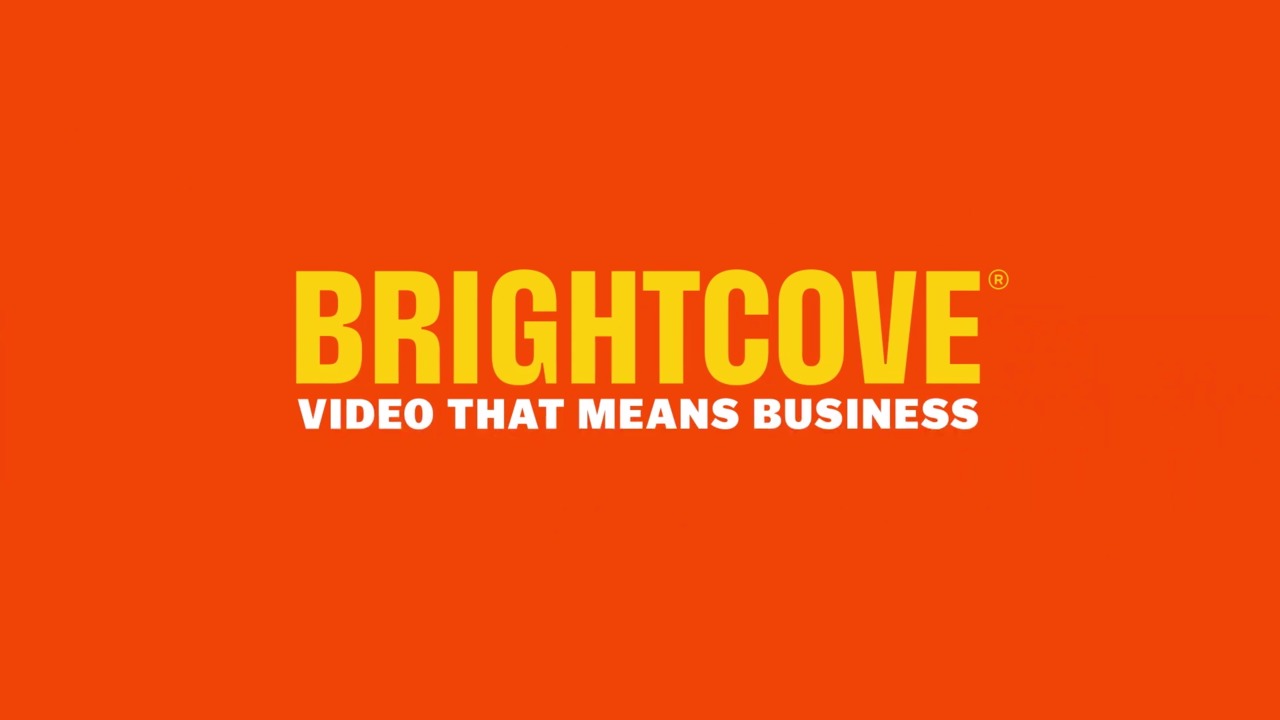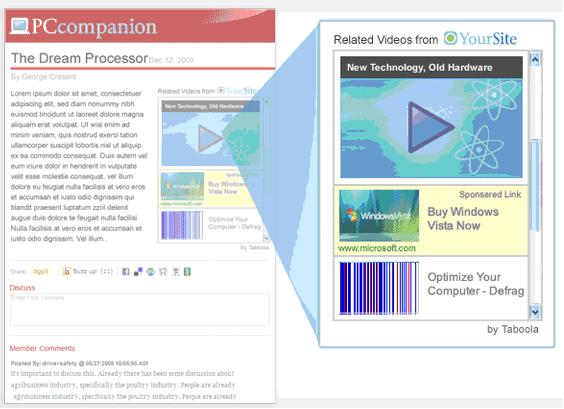Ever since YouTube made it possible to embed videos onto blogs and websites, video content has become completely ubiquitous and viral.
Following YouTube’s footsteps and getting your video content embedded throughout the Web does increase video views and viewer engagement, but the process of selecting the right content in the right context is manual and tedious and limits the potential of this distribution channel.
Imagine the possibilities if blogs and affiliate sites could embed a widget on their pages that would automatically select the right video content from your library for each and every page on their site. This is what White Label Distribution is all about.
For several years now, premium content publishers have been syndicating and distributing their video content to affiliate sites – a viable strategy for allowing video content to be more reachable. Typically, publishers leverage their "Popular Videos" feed on those sites, or provide embedding capabilities for bloggers and site managers to manually select and embed specific videos within specific articles.
We have found that both approaches can be highly inefficient. The "Popular Videos" feed results in poor click-through rate due to lack of relevancy of the videos being presented next to the article posts. The manual embedding of videos, by its manual and tedious nature, limits the affiliate content that can source traffic.
Fortunately, there have been some new developments in the field of next generation video distribution. These developments allow publishers to generate their own branded “Related Videos” widget that can be distributed to affiliate websites and blogs. The great benefit of these widgets is that they analyze the article content and analyze users’ behavior on affiliate sites, and then match it to relevant videos from your own library.
One point that is important to understand is the distinction between distributing and syndicating videos. Both are important and viable techniques, and are complimentary in nature:
- When syndicating content, the publisher or content-owner gets paid for the right to use their content on 3rd party affiliate sites (like YouTube, AOL, Yahoo, etc’) and the affiliate is responsible to generate streams and to monetize them.
- When distributing content, as when getting videos embedded, and when using white label distribution widgets, the publisher is actually "buying" traffic from the affiliate sites while being responsible for monetizing this additional traffic, getting (most) of the upside of monetizing this traffic.
When using white label distribution, the content is played in the publisher's own player. As a result, the publisher maintains control of the user experience, the ads sold, brand awareness and reachability. Furthermore, publishers that distribute a white label distribution widget can earn credit in Nielsen and comScore due to the additional streams watched through the widget, as well as experience improved SEO by having links pointing back to their sites from each widget installation.
As the publisher is responsible for the monetization of the additional streams generated through distribution, it's important to take into account that not all videos are equal. Some might earn higher CPMs than others, and some might be oversold while others are not. The key is being able to define what video content should be monetized at any given time. The Taboola white label distribution platform automatically directs users towards a publisher’s higher CPM or oversold content, while still maintaining recommendation quality and user engagement.
To join and learn more about how Taboola's White Label Distribution platform can help Brightcove customers better enhance video distribution among their affiliates, visit http://www.taboola.com/Contact.html.
Aviv Sinai
Product Manager, Monetization and Distribution
Taboola
Follow us on Twitter @Taboola


